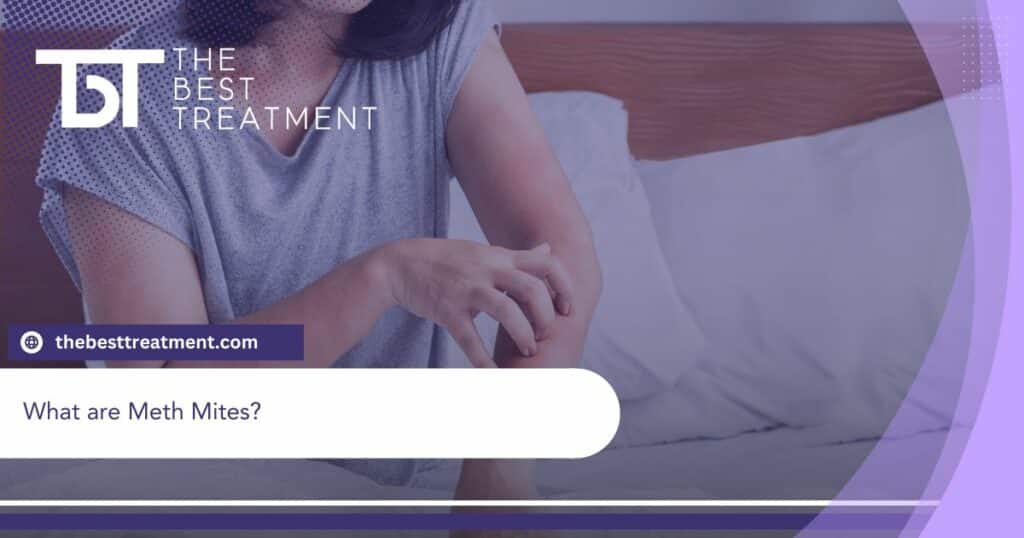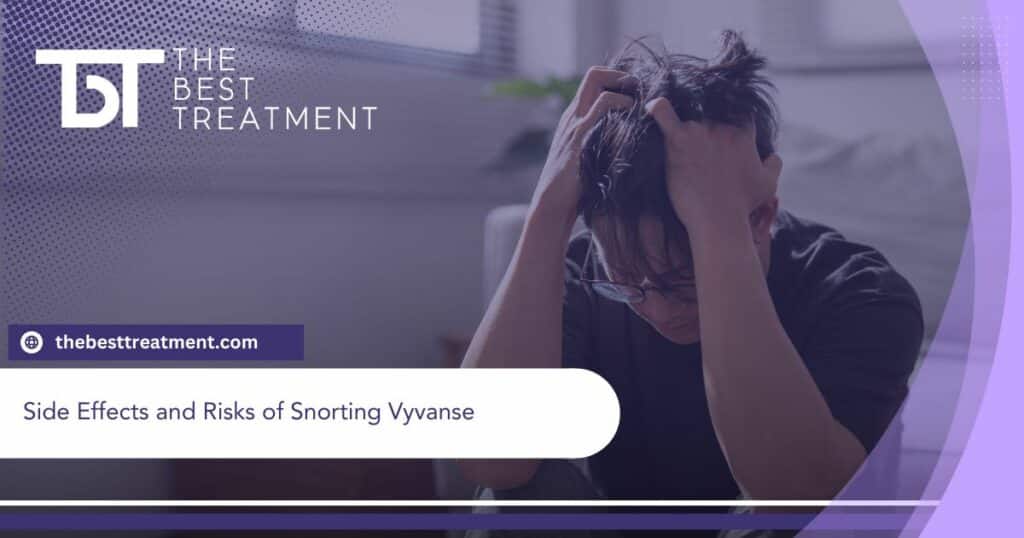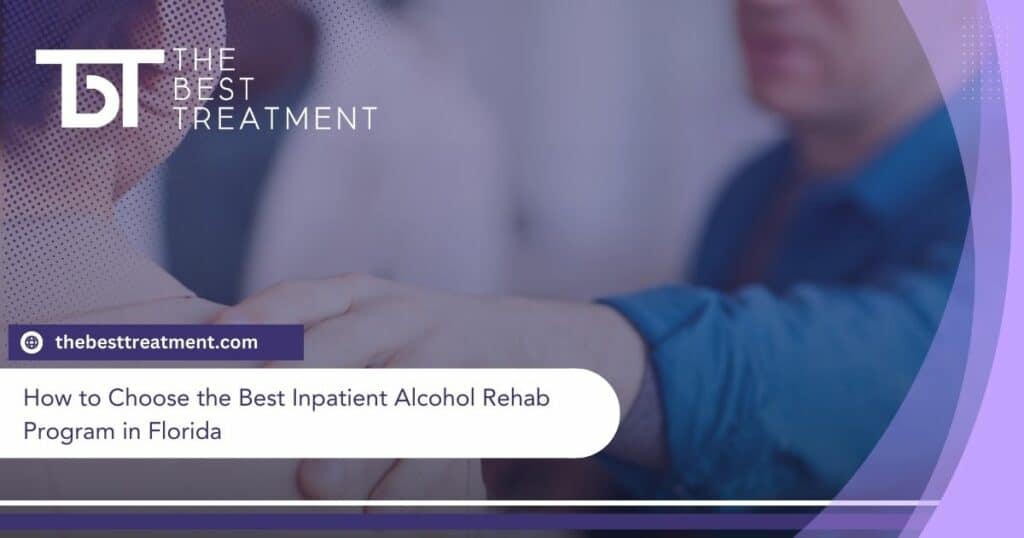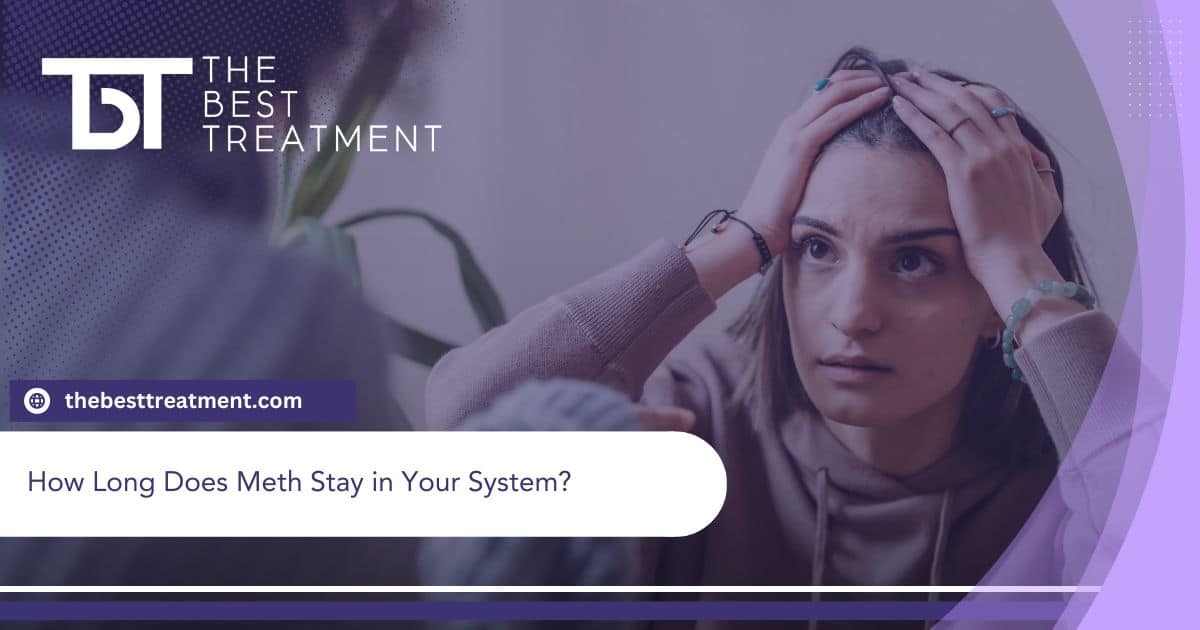Table of Contents
Methamphetamine is a dangerous illicit drug. Meth use can harm people’s physical and mental health. The practices people use to make meth can also be hazardous to people in a community.
Meth is highly addictive. People who use it may quickly develop dependence or addiction. People with methamphetamine abuse or addiction often need treatment and ongoing support to stop using it.
People who use meth might wonder how long this drug can stay in your system. The effects of meth may last for several hours. However, drug tests may be able to detect meth for much longer.
This article will detail how long meth stays in the system, how to manage meth withdrawal, and how to find meth abuse treatment. Contact the team at The Best Treatment to learn about our treatment programs. You may also schedule an intake assessment.
What is Meth?
Meth is a common nickname for methamphetamine. Methamphetamine is a powerful, illegal drug. It has stimulant effects. This means it increases activity in the central nervous system (CNS).
Short-term effects of meth include:
- Faster heart rate
- Increased blood pressure
- Faster breathing
- Insomnia
- Anxiety
- Paranoia
- Elevated body temperature
- Aggression
- Violent behaviors
- Stroke
- Heart attack
- Tremors
- Seizures
Dangerous effects of meth can happen the first time you use it. Using other substances like prescription drugs or alcohol can increase the risk of dangerous side effects.
Meth abuse can have long-term consequences. Some of the long-term effects of meth abuse include:
- Paranoia
- Depression
- Brain damage
- Heart problems
- Depression
- Increased risk of HIV/AIDS, hepatitis B, and hepatitis C
- Confusion
- Aggression
- Hallucinations
- Changes in appearance, such as extreme weight loss, thinning hair, skin problems, and tooth decay
Methamphetamine is very addictive. People may not be able to stop using it when they want to. People with meth abuse and addiction require treatment and ongoing support to quit.
How Long Does Meth Stay in Your System?
People who use meth might wonder how long meth stays in the system. Once someone ingests meth, it enters the bloodstream and reaches the brain quickly.
Your body metabolizes meth and eliminates it in urine. Your body removes about half of the meth in its system in about 12 hours.
People may feel the effects of meth for even longer. Taking a large dose of meth can cause longer-lasting effects. Using crystal meth can also lead to effects that last for many hours– or even days.
Generally, the effects of meth last between 8 and 24 hours. This can vary depending on how people use meth. Using other substances can also affect how long people have effects.
How Long Can Drug Tests Detect Meth?
Drug screening tests can typically detect meth longer than the effects last. Here is an overview of how long different types of tests can detect meth in the body.
Urine tests
Urine testing is the most common type of drug testing for employment. This type of test can usually detect meth in urine for up to 3 days after your last use.
However, some factors can affect how long meth stays in urine. People who use meth heavily may not test clean for meth for several days longer.
Saliva tests
Saliva tests can usually detect meth for up to 4 days after your last use.
Blood tests
Blood tests are usually more sensitive than urine tests. A blood test may be able to detect meth for up to 4 days after you last use.
Hair tests
Hair testing screens hair follicles for meth. Hair testing is not standard in a workplace setting. However, it is the most sensitive drug screening test. Hair testing can detect meth for up to 90 days after your last use.
What Affects How Long Meth Stays in Your System?
Several factors can affect how long it takes for your body to process and remove meth. These include:
- How often you use meth
- Your weight and body composition
- Your kidney and liver health
- Your age
- Your overall health
- Other substances you used
There is no safe or reliable way to make your body eliminate meth faster. If you are worried about testing positive for meth on a drug test or you abuse meth, you must seek treatment for meth addiction.
What Happens in Meth Addiction Treatment?
People who use meth frequently can develop a tolerance to it. People with tolerance to meth or other substances may need to use more to get the effects they want. Over time, people may develop physical addiction, meaning their bodies can’t function without meth.
When people stop taking meth, they may experience meth withdrawal symptoms, including:
- Fatigue
- Anxiety
- Weight gain
- Depression
- Suicidal thoughts
- Chills
- Insomnia
- Cloudy thinking
- Intense cravings
In a meth addiction treatment program, people receive medications and therapies that help them manage withdrawal and avoid relapse. People follow treatment plans that include:
- Individual psychotherapy
- Group counseling
- Family therapy
- Relapse prevention education
- Coping skills
- Nutrition support, mindfulness, exercise, art therapy, and other holistic therapies
- Mental health care
- Medical treatment
- Aftercare planning
People receive care from medical and mental health professionals. This treatment allows them to safely stop using meth and learn the skills they need to overcome addiction.
Find Help for Meth Abuse and Addiction Today
If you or someone in your life needs treatment for meth addiction, reach out to the team at The Best Treatment now. Explore your treatment options and schedule an intake assessment.
Medically Reviewed: September 25, 2019

All of the information on this page has been reviewed and verified by a certified addiction professional.










